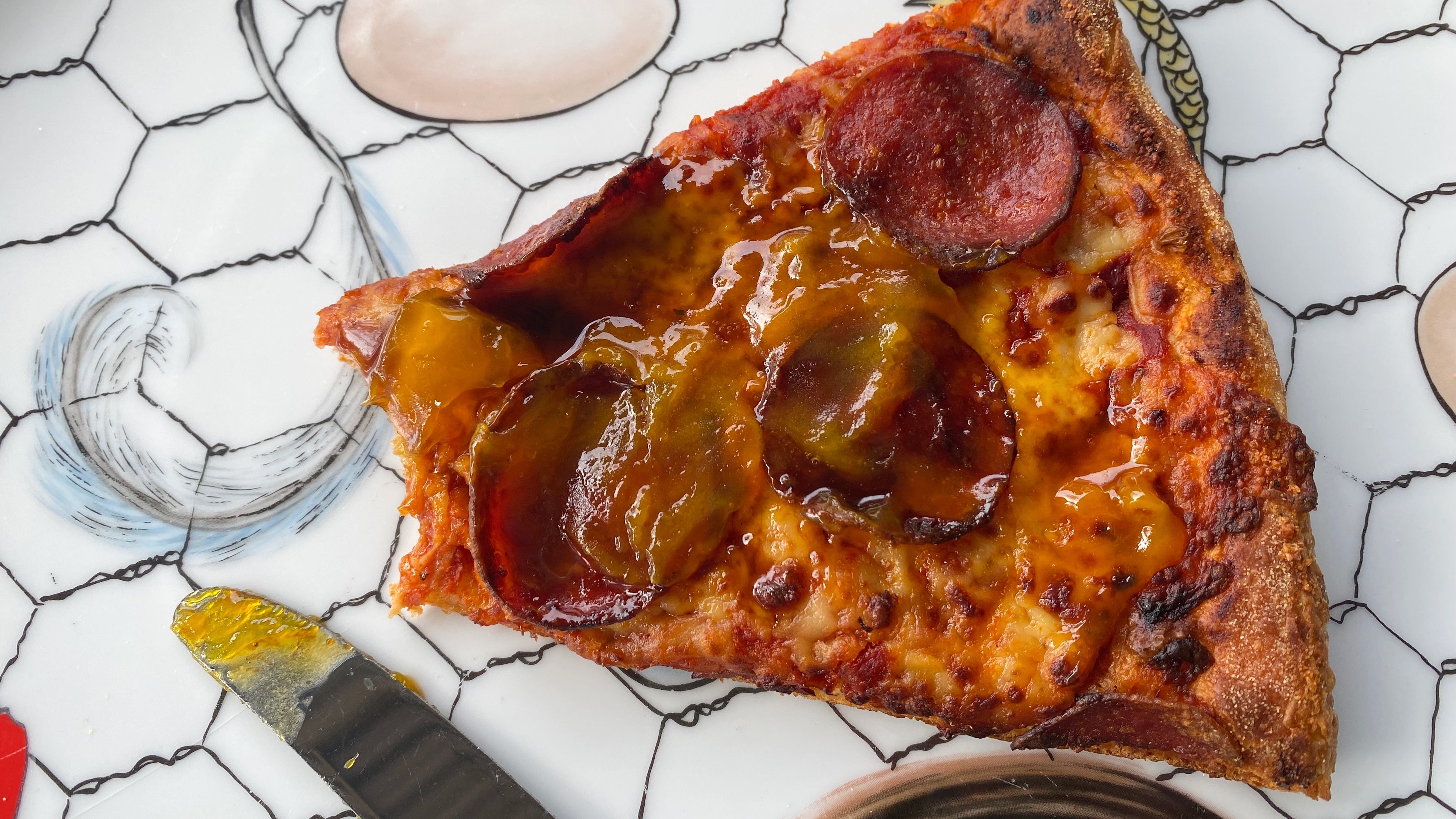If anything could get me to believe in a higher power (and the fact that they have a sense of humour), it’s the existence of eggs. They’re a perfect food (that we get from the butt region of a mostly flightless bird). The high-protein white, coupled with a luscious, vitamin-packed yolk makes it a versatile, nourishing food. Eggs are stunning by themselves, but they slip right into their supporting roles with ease. Sauces, cakes, and even drinks — almost anything can be improved by an egg, or egg yolk.
I will admit that the yolk is my favourite part, though only a real sicko would prefer the white. The yolk is where the flavour is. I love it in all of its forms. I’ll plop a raw yolk into a bowl of grits, and grate cured yolk on everything, including deviled eggs, but I’ve recently been making soy sauce-cured egg yolks, which are somewhere between raw and dry cured.
How to cure with soy sauce
Soy-sauce curing is pretty similar to dry curing, only the salt is dissolved in a liquid (soy sauce) instead of in its crystalline form. That doesn’t matter a whole lot, however, because osmosis occurs either way. A higher concentration of the solute (salt) on one side of a semi-permeable membrane (the vitteline membrane, in this case) causes the solvent (water) to flow toward the region with a higher concentration of the solute, in an attempt to equalise the concentrations on each side of the membrane.

The water flows out of the yolk, concentrating its flavour and giving it a firmer texture, while the soy sauce seasons the yolk, resulting in a jammy, savoury disc that’s equally at home in a bowl of hot rice or on top of leftover pizza.
How long does it take?
Unlike dry curing, which dehydrates the yolk into something that can be grated like cheese, wet curing is a faster process, with a softer, more spreadable outcome. (You could probably get similar results from a dry cure, but it would be difficult to free the yolk from the salt mixture without breaking the yolk.) After four hours of soy curing, the yolk will be lightly firm at the very edges and still liquidy in the centre, with a lightly salted, savoury flavour. After eight hours, it will be a little firmer and a little saltier. After 24, it’s firm but spreadable, and quite salty, depending on how much soy sauce you used (and how much of everything else).
Dana, of Cook With Dana, has a charming Instagram video where she breaks down the effects of the various cure times, with delicious serving suggestions, but there is no one “right” cure time. I suggest you watch it, then play around with the timing and find your favourite.

How much soy sauce do you need?
The soy sauce is the most important ingredient in soy-cured egg yolks, as it contains the salt that is needed for osmosis to occur, but a curing bath of all soy sauce will leave you with a powerfully salty yolk, especially after an extended soak.

To temper the salinity and add some sweetness, you can add a little mirin (Japanese cooking wine). A tablespoon for every quarter cup of soy sauce works well, and if you want to add even more flavour, you should try Dana’s “Extra Umami” yolks, which contain onion, garlic, kombu, and bonito flakes. If you want your yolks to have a pickled quality, you can make shoyozuki (soy-pickled) yolks, using a ratio of one part vinegar and two parts soy sauce, along with a little sugar.
How to make soy-cured egg yolks
Half a cup of liquid will cure 8-10 yolks. If you want to start simple, combine 1/2 cup soy sauce with 2 tablespoons of mirin in a medium bowl or container (you want it to be big enough to just fit the yolks). Slip the yolks into the curing solution, and place a paper towel on top so the top of the yolks get some salty love too. Set in the fridge for 4-24 hours, depending on your preference. (I recommend starting in the 8-12 hour region.)
Fish the yolks out with a spoon and spread them on toast (or pizza), plop ‘em on a rice bowl, or add them to some ramen. They’re also nice on a salad, both green and deli. (Just imagine a potato salad with a jammy, savoury yolk mixed in. I did, and it made me happy.)
Once you’re satisfied with your cure time, try adding in other flavours, like ginger, garlic, bonito, dashi, or chilli flakes, and play around with the soy sauce. Japanese, Chinese, and Thai soy sauce all have different flavour profiles, and if you want to get really wild, you can try swapping it out for fish sauce for something a little funkier. If your yolks come out too salty for your liking, just mix them in to a bowl of plain rice, letting the yolk act as seasoning for your overall dish. Then try it again, adjusting your ratios and timing until you land on a texture and flavour that thrills you.

Leave a Reply
You must be logged in to post a comment.